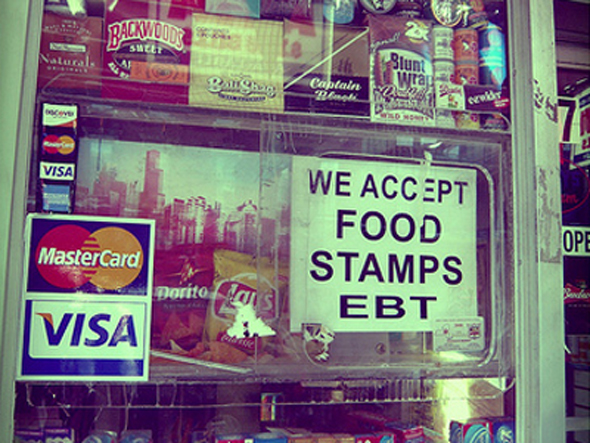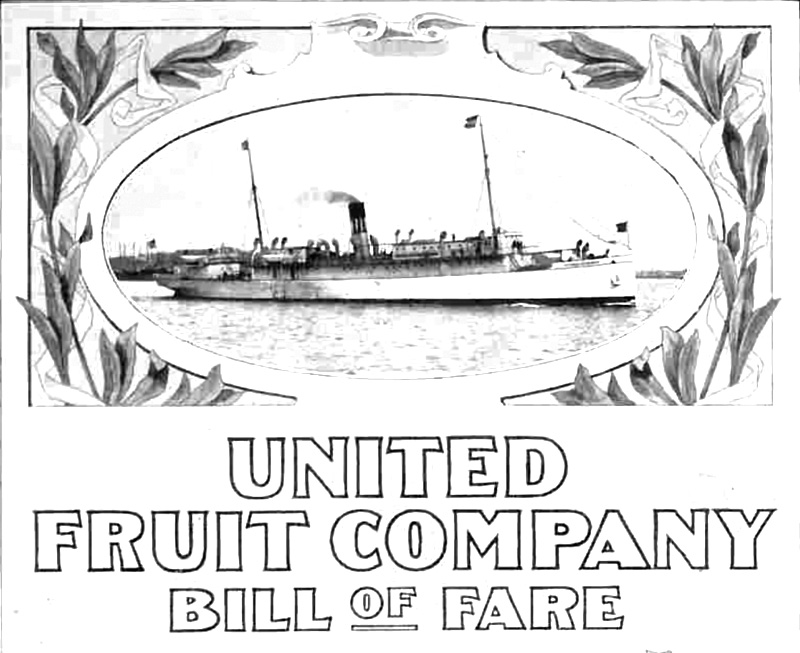
We all know what welfare is and as a heated and polarized election season has kicked off we will no doubt hear much about this system and its needed reform – or from some candidates its needed abolishment. Welfare, as pundits like to point out, is where our hard earned taxes go to fund those who don’t work as hard. Sentiments such as these are encompassed in popular memes like these that tend to saturate social networks and media.




To be sure, the welfare system suffers great abuse, and as long as there is charity and other social programs this abuse will endure. The U.S. system of welfare should be under constant and consistent reform to weed out fraud and abuse. That being said, fans of messages and memes like those above miss the point and the facts of welfare in the United States.
The idea of drug tests for welfare recipients makes sense at first when we paint the brush of lazy frauds over all welfare recipients but that is simply not the case. Not all (in fact not most) of those who receive welfare benefits are frauds. As the number of food stamp recipients has skyrocketed since 2008 these recipients frequently include hard working men and women who are simply not making enough to feed their families. Last year the US government provided $80 billion in aid through the food stamps program alone. Some of that went to scammers, frauds and lazy people who have no intent to work a real job – but only a blind ideologue could believe that all of it went to such people. Many are helped by this program and other programs like it.
There is another consideration though. What about the children? If an adult recipient of welfare benefits such as food stamps or free school lunches is a lazy, drug using, scammer, does that still justify a society to punish their children for this behavior when it is in our power to do otherwise? For many poor kids today welfare in the form of free school lunches and breakfasts are the only meals they get.

Arrogant memes like those above insult the many recipients of government assistance who are working very hard but falling through the cracks of an economy shifting toward greater and greater disparity between rich and poor. Worse, such comments overlook the weakest in our society; children often living with the consequences of their parents’ decisions. Punitive measures against all welfare recipients have more victims than we realize.
Gandhi once said, “A nation is judged by how it treats its weakest members.” We would do well to remember such sentiment when promoting these opinions.
All of this however is actually part of a greater illusion. The true fact is that the greatest benefactors of welfare in the United States are not the poor but corporations. This is the dirty secret that will not be mentioned during the campaigns this year by those who talk about abolishing welfare. They really only mean “some” welfare.
Between 2008 and 2010 the largest beneficiaries of government welfare (called subsidies when it is not poor people getting the money) were based in four specific industries – 1) finance, 2) utilities gas and electric, 3) telecommunications, 4) oil, gas and pipelines. More than $222 billion went to just 280 companies from these four industries. (Source)
American auto makers fair pretty good on the government’s (that is the American taxpayer’s) dime. Chrysler and Ford each raked in over $2 billion in government subsidies, while General Motors did a bit better at over $3.5 billion. Nike pulled in $2 billion which must help securing those big endorsements. The top single corporate beneficiary of government welfare was the defense contractor Boeing who received more than $13 billion in government subsidies. (Source) After the great recession of 2008 Goldmann Sachs, one of the instigators of said recession, received over $650 million in government subsidies. This was separate from the billions received by the big banks during the 2008 from the government.

(This map from the New York Times shows where government subsidies (i.e. corporate welfare) is distributed across the country.)
A study found that the junk food industry subsidies received since 1995 would purchase almost 52 billion Twinkies today. This problem goes far back and is not a phenomenon active only in economic downturns. In 2006 a study showed that corporate subsidies almost doubled what the government was giving to the poor at that same time. Let’s not forget the subsidies that farmers and small towns receive as well. Add to that, programs such as WIC and food stamps aimed to help the poor go a long way in adding to the bottom line of companies like Walmart and other large grocery retailers.
The argument could be made that such subsidies/corporate welfare create funds within the recipient companies that in turn create jobs and therefore benefit society as a whole. That might be true. That is certainly the economic logic that supports them. My point here is not to test the validity of that logic, but to question why there is an argument being made for one kind of welfare and not for the other among some people. It could be argued that poor people who receive welfare benefits have less stress and more time to spend with their kids who then turn out as healthier members of society and better employees for those companies. That also may or may not be true.
In a world of increasing polarization and coded messages it would benefit us all to be slower in pointing the finger at those we assume are doing the most harm to the system and our way of life. When we demonize one party or the other it is often because we have not taken the time to consider a justification for their positions. These harsh and polarized positions run the risk of leading us to behave in a manner contrary to our own values and beliefs for the sake of misinformed ideology.








